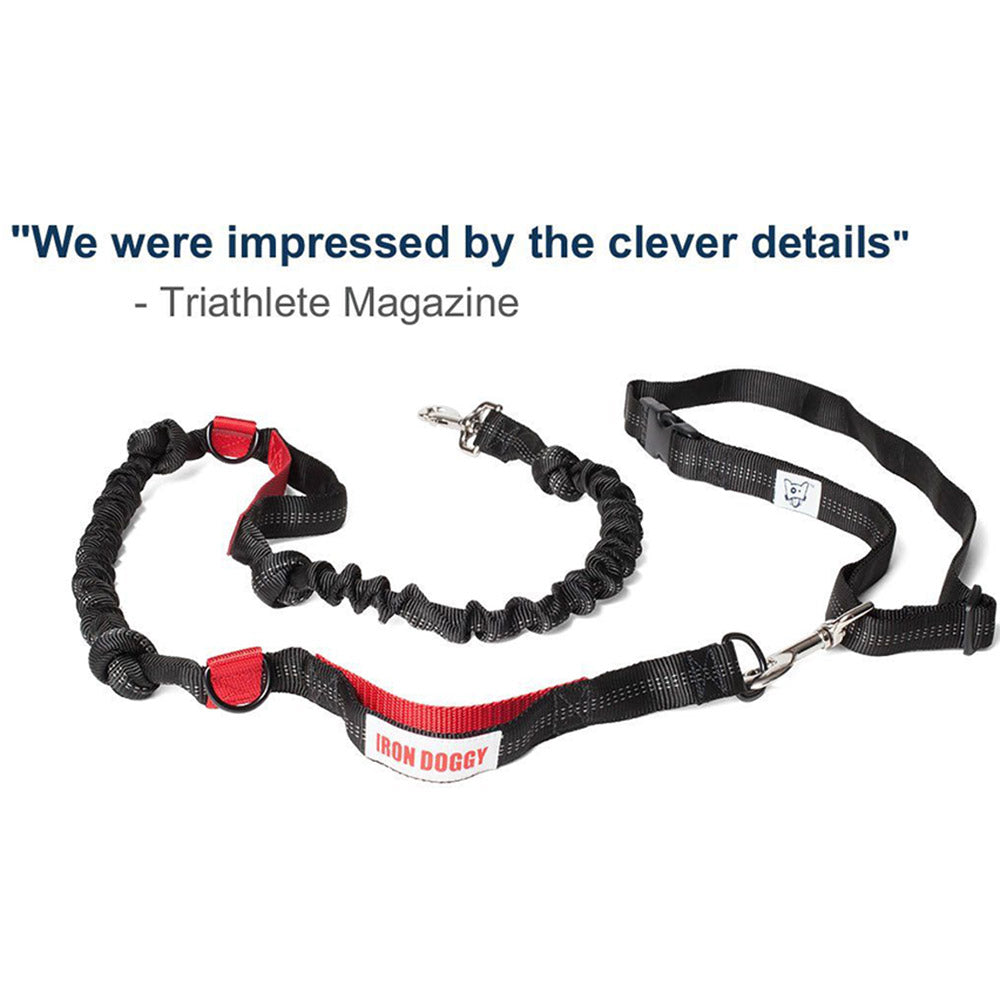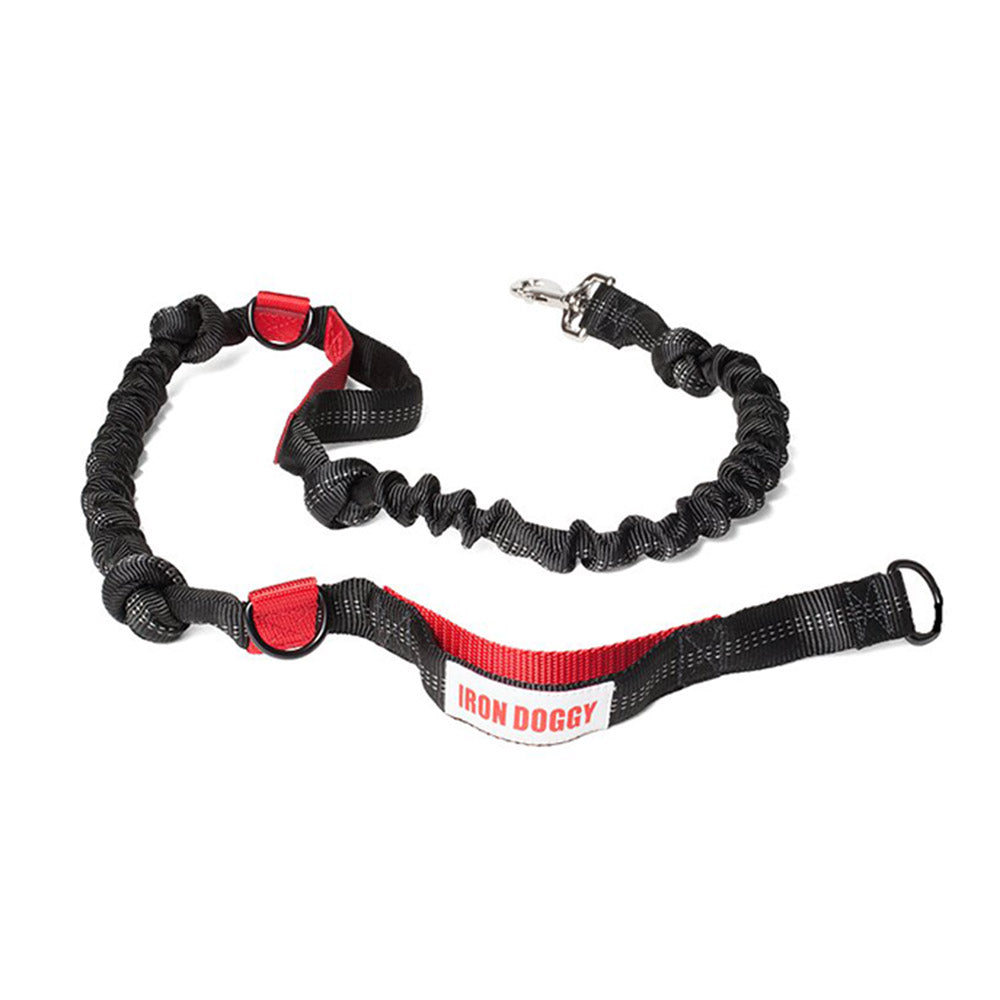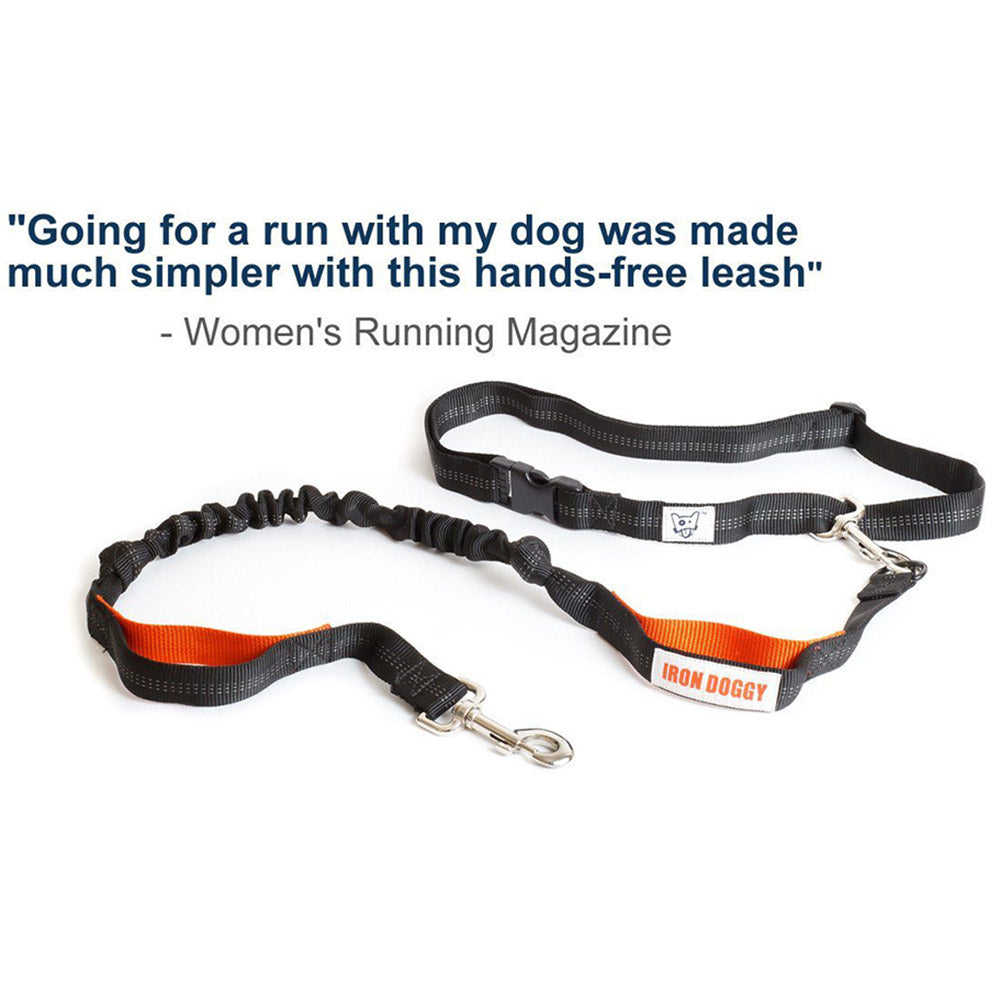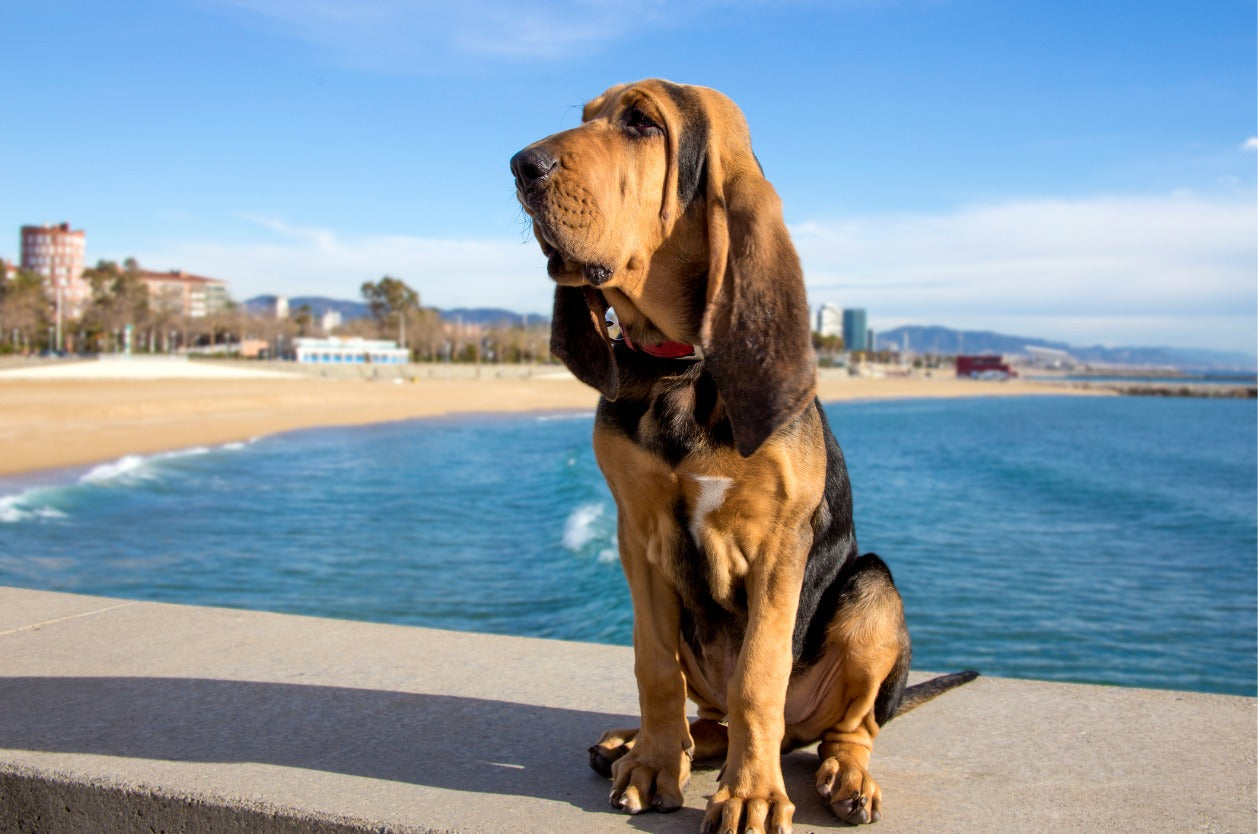
Are you and your dog heading out for a run? Don't forget to warm up first! A good warm-up is important for both people and dogs, so neither of you will tear a muscle, damage a joint, or possibly break a bone. Your warm-ups will even help you both reach peak performance. Better performance and a lower risk of injury? Sounds like you and your dog better start practicing your warm-ups!
Just remember that you both should be properly hydrated before doing any kind of exercise — even a warm-up!
What Happens When Your Dog Warms Up?
As your dog warms up, she'll take more breaths, which increases the oxygen levels in her bloodstream. The movement will increase her cardiac function and the blood flow through her body. As a result, her muscles and other tissues will get more oxygen and begin to get warmer. Being warmer lets her muscle fibers glide more smoothly and easily, reducing the chances of a strained muscle.
Her joints will loosen up and have a better range of motion. This makes them less susceptible to injury. Her performance will improve due to enhanced cardiovascular function, better respiration, and increased blood flow throughout her body. Nerve impulses will travel through her body more quickly, improving her reaction time. Her focus and concentration will be sharper and she'll be more alert — she's now ready, willing, and able to run!.
Try These 6 Warm-Up Exercises
According to Dr. Matthew Brunke, you should start your dog's warm-up with some cardio exercises. This will get your dog breathing faster and his heart pumping that oxygenated blood faster. It's also great for warming up his muscles.
These Are the Cardiac Exercises Dr. Brunke Recommends:
- Walk and then trot with your dog for 5 to 10 minutes.
- Do low tugs with the tug toy held close to the ground. Tugging like this actively engages the muscles in your dog's front and back legs, hamstrings, and groin. It also stretches his spinal column without causing him to hyperextend his neck.
- Sidestep for about 30 feet to get the abductor and adductor muscles in his shoulder and hips warmed up and ready to work.
- Alternate pivoting (circling tightly) to both the left and right for a minute or so.
After a good cardio warm-up, it's time to move on to a couple of active stretching exercises. A few play bows are good for stretching the front and back legs and the hamstrings. It also helps your dog gently stretch and extend his spine. Since 60% of your dog's weight is borne by his triceps muscles, this stretch is especially important before any weight-bearing activity like running.
Follow those up with three sets of cookie stretches to get his neck, shoulders, and spine thoroughly stretched and flexible. Dr. Brunke calls these range of motion stretches for the whole body.
Stretches should be done immediately before the run if possible. They also need to happen before your dog's muscles have had a chance to cool down after the cardio. Otherwise, you'll have to start again from the beginning! Keep your pet moving so those warmed-up muscles stay warm and limber. Putting a coat on him can really help with this, especially if the weather is the slightest bit cool. A heated coat is ideal in chilly weather.
Don't Forget to Cool Down After Running
A cool-down is just as important as a warm-up — for both of you! For one thing, it signals to your dog that the run is over for the day. This lets your running companion switch gears, calm down, and prepare to be a snuggle bunny instead. Make sure you use this time to praise and pet her and tell her what a great running companion she is. This will help strengthen your bond and make her want to take you running even more. And more runs equals increased health benefits for both of you!
A cool-down has physiological benefits, too. It gives exercise-shortened muscles a chance to get back to their normal length and reduces the lactic acid build-up in them. That build-up of lactic acid is what's responsible for much of the cramping, muscle soreness, and fatigue that occurs after exercise. Cooling down properly also reduces the chances of your dog (or you!) getting dizzy when all that exercise suddenly stops.
A proper cool-down gives her heart rate a chance to return to normal and the blood vessels in her legs to constrict. This causes her blood to be evenly redistributed throughout her body instead of pooling in her extremities. During a cool-down, your pet's body temperature will return to normal. Lactic acid can build up if your dog cools off too quickly. It might be time to put her jacket back on so her temperature can gradually get back to normal.
Cool-Down Exercises:
- Walk your dog for 10 to 15 minutes.
- Do a few more play bows (2 - 5 seconds each), followed by spinal flexion stretches where you lure her head between her front legs with a treat. This will stretch the opposing muscles in her spine.
- Do another 3 sets of cookie stretches.
After your dog has cooled down, but while her muscles are still nice and warm, you may want to consider doing passive range-of-motion (PROM) exercises with her. During these passive exercises, you do all the work of moving your dog's muscles while she relaxes. You can combine PROM exercises with massage to push lactic acid and other waste products along the muscle fibers and into the circulatory system so her body can eliminate them.
Ready, Set, Run!
Now that you and your running buddy have practiced warming up and cooling down, it's time to hit the ground running. All you need is a great hands-free leash, plenty of water, and some awesome treats. If you want to get technical about it, you could keep track of your time and distance with a handy dog running app.
For more tips, inspiration, and just plain doggy fun, send us a woof. We love clever dogs and the wonderful people they take running with them!
🐾







